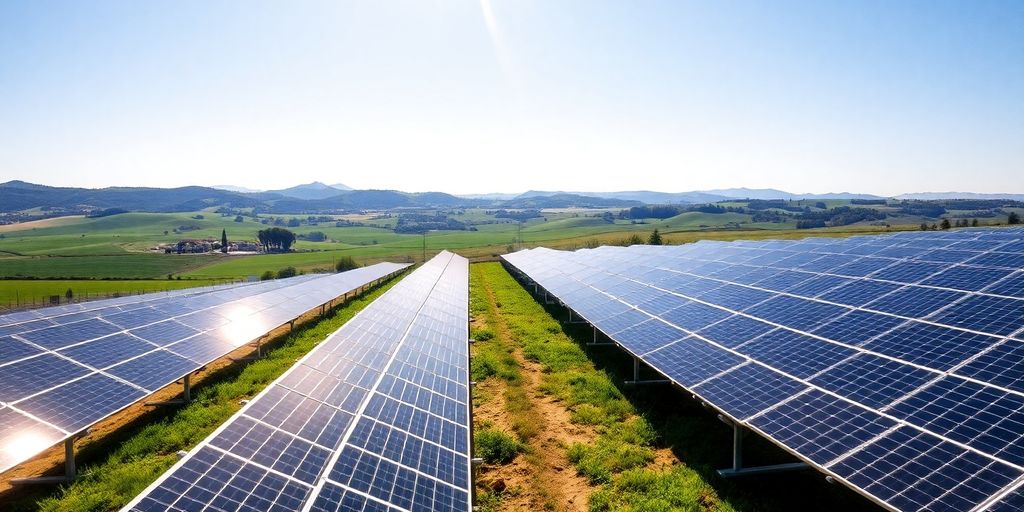The Italian solar energy sector has encountered significant legislative hurdles in 2024, impacting its growth and development. Key regulations, including a ban on solar installations on agricultural land, have created uncertainty for developers and investors alike. As the industry looks ahead to 2025, the need for clarity in legislation is more pressing than ever.
Key Takeaways
- Legislative changes have stalled solar project developments.
- A ban on solar PV installations on agricultural land was enacted.
- Industry leaders emphasize the need for legislative certainty to foster investment.
Overview of Legislative Changes
In 2024, the Italian government introduced several decrees that have significantly affected the solar energy landscape. The most notable was the Decreto Legge Agricoltura, which prohibited solar PV installations on farmland. This decision was made without prior consultation, leading to immediate confusion and a halt in new investments.
Additionally, the Testo Unico FER and the DM Aree Idonee have further complicated the situation. These regulations have created a climate of uncertainty, causing many developers to pause their projects as they await clearer guidelines.
Impact on Solar Developers
The uncertainty surrounding these legislative changes has led to a stagnation in the market. Developers have reported that since mid-2024, many projects have been put on hold. The lack of clarity has made it difficult for companies to plan future investments or expansions.
Patrizio Donati, co-founder of Terrawatt, noted that the year was marked by a contraction in the market. He emphasized that while outright bans are problematic, the uncertainty created by ambiguous legislation is even more detrimental. Developers are left in limbo, unable to make informed decisions about their projects.
Looking Ahead to 2025
As the solar industry prepares for 2025, the focus will be on navigating the new legislative landscape. Key opportunities and challenges include:
- Conversion of Opportunities: Developers aim to transform existing authorizations into actual solar farms.
- Legislative Clarity: The industry is calling for definitive regulations to encourage investment and project development.
- Resource Availability: As projects begin to move forward, finding skilled labor and resources will be crucial.
The upcoming Fer X decree, which is expected to establish a contract for difference mechanism, is highly anticipated. This decree could provide a framework for pricing renewable energy, but until it is released, the market remains in a state of uncertainty.
Conclusion
The Italian solar energy sector is at a crossroads. With significant legislative hurdles in 2024, the industry must advocate for clearer regulations to unlock its potential. As stakeholders prepare for 2025, the emphasis will be on converting opportunities into tangible projects while navigating the complexities of new laws. The future of solar energy in Italy hinges on the ability to establish a stable and predictable legislative environment that fosters growth and innovation.

